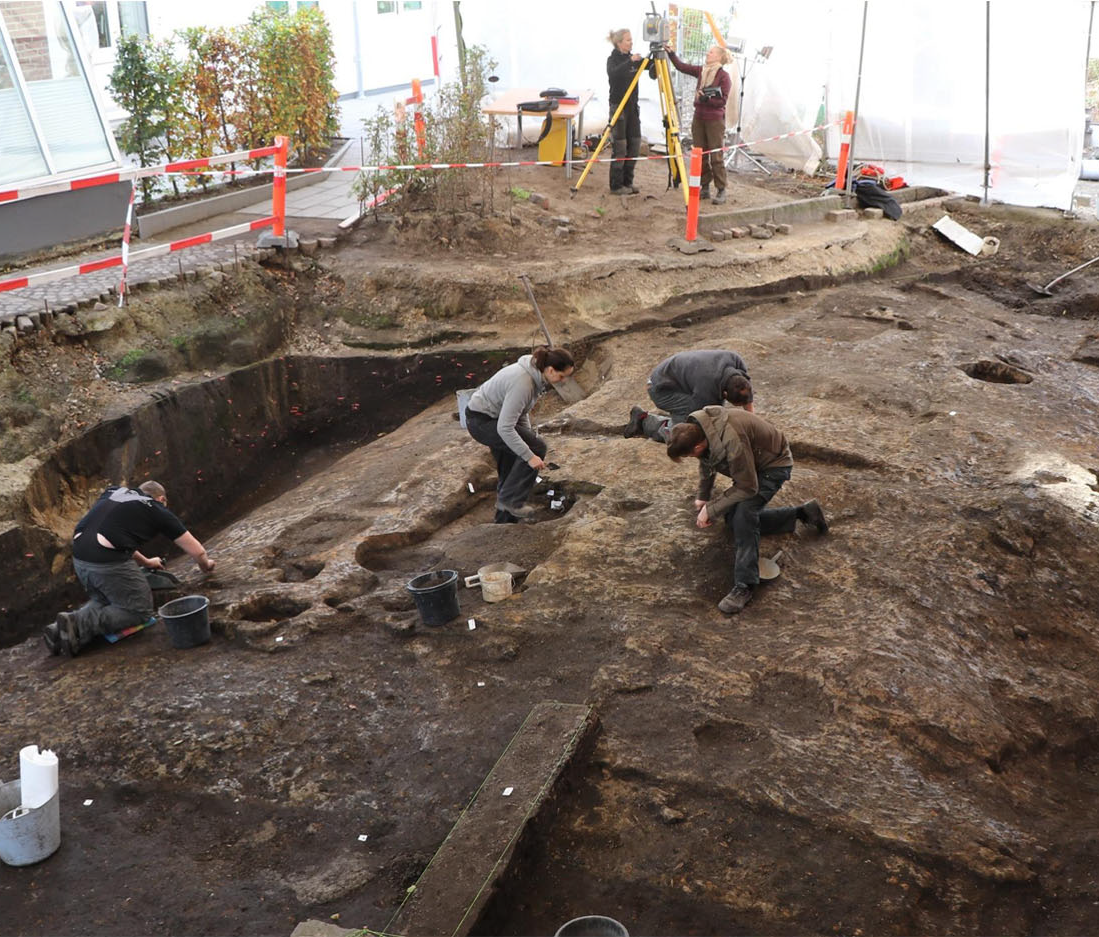Single Context, Metacontext, and High Definition Archaeology: Integrating New Standards of Stratigraphic Excavation and Recording
New publication by Assistant professor Sarah Croix, Postdoc Pieterjan Deckers, Professor MSO Søren M. Sindbæk and former Postdoc Barbora Wouters in collaboration with colleagues from Museums of Southwest Jutland.

Croix, S., Deckers, P., Feveile, C., Knudsen, M., Qvistgaard, S. S., Sindbæk, S, M. & Wouters, B. (2019). "Single Context, Metacontext, and High Definition Archaeology: Integrating New Standards of Stratigraphic Excavation and Recording", Journal of Archaeological Method and Theory
(2019). doi.org/10.1007/s10816-019-09417-x
Abstract
Recently, new augmented recording techniques have entered archaeological fieldwork. We review a major urban excavation in Ribe, Denmark, which has adopted a systematic use of 3D laser scanning and intensive soil and sediment micromorphological sampling as part of the excavation recording practice. Both methods represent a major advance in field documentation, achieving a higher degree of detail and precision for the recording of archaeological features. We argue that these technologies also challenge the current paradigm of single-context recording, i.e. the separation of layers and features as all-encompassing units of recording. First, 3D digital recording implies that contexts are defined in a more definite way than previously, with less flexibility for recursive revision. Second, micromorphology demonstrates how the strata separated in excavation are only a subset of those created in deposition. We call for a new approach, which takes into consideration the fact that excavation units do not always mirror depositional events, as assumed by single-context theory, and that different kinds of observations may not overlap, as assumed in singlecontext practice. Instead, interfaces, matrices and assemblages are restored as separate units to record and feed into the interpretation cycle. This may be described as recording metacontext: observations that go across or between contexts. We demonstrate how a systematic metacontext registration can lead to a manageable and more detailed excavation record, more faithful to the archaeologists’ observations.
